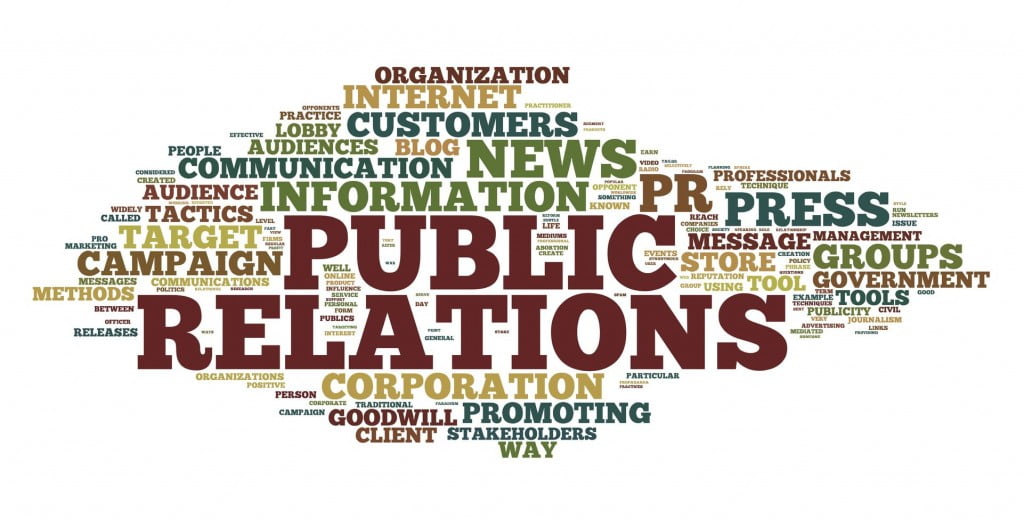NURUL ISLAM LASKAR
Public Relation is an activity which reflects the intelligence of the practitioner and his being well informed. In other words, a person who is not intelligent and well informed cannot meet the challenges posed by demands of public relations.
Furthermore, the approach to Public Relations activities should be professional and for this purpose the practitioner needs to have a professional approach. He or she should be responsible for his/ her actions, efficient and prompt in responding to the needs of the job.
It is desired that the department or the set up of Public Relations in an organisation should be well structured, its hierarchy well defined and spokespersons identified. All players in the game should be oriented to the needs of Public Relations.
The PR department should maintain its high standards. It must not function like an ordinary or dispensable department. Much of it depends on the approach of the practitioners themselves. It must rise above the ordinary and other departments of the organisation. This can also be done by being helpful to other departments of the organisation.
The practitioners of Public Relations ought to demonstrate positive and proactive behaviour in discharging their responsibilities. Their actions should dispel negative traits and they should be able to anticipate events and actions much before others.
The hallmark of a PR department is that it should be helpful to its target groups. Everyone coming to the PR personnel for any job must return with satisfaction.
No Public Relations can be done without honesty and integrity. Any PR endeavour that is founded on lies and dishonesty will crumble in no time.
PR derives its strength from the cheerful disposition of its practitioners. A good sense of humour adds to its strength. The combination of wit and cheer can diffuse volatile situations.
A PR person needs to be persistent and persuasive. But obstinacy should be always avoided in a Public Relations job.
Public Relations, by nature, must be competent. It cannot adopt ‘no’ as an answer. It should always try and fulfil the expectations of the organisation.
The scope and purview of Public Relations is vast and ever increasing. The major areas of Public Relations influence are narrated below.
Business
Good Public Relations can give a major thrust to all business initiatives including advertising, publicity and marketing of products. Most important of all, it is indispensable for creating good will for a product.
Trade, Commerce & Economy
The trading activity, commercial activity, and economy of a community or nation can be multiplied many times by good public relations.
Government
Use of Public Relations is essential for any government to be able to generate support from the people and in the implementation of its plans and programmes.
Politics
The political parties of the day cannot achieve much without good public relations. As a result we are seeing more and more political parties and even individual politicians approaching PR firms to strengthen their image and public relations front.
Issues of National Interest
Issues of national interest such as environment, AIDS awareness, pollution control, ecology, illiteracy, malnutrition, and other civic issues also need public relations approach for their success.
The following is a representative list of functions of PR.
- Creating a favourable image
- Promoting products, services
- Generating goodwill of people, employees, members
- Finding solutions to problems, including IR problems
- Fostering good relations with communities, groups
- Ensuring goodwill and trust of stakeholders
- Clearing misconceptions
- Forestalling attacks, disasters
- Goodwill of suppliers
- Garnering support from the government
- Attracting best personnel for employment
- Facilitating support from media
The dimensions of Public Relations are many. PR helps in the explanation and propagation of Government’s plans and policies, can facilitate lobbying, help in the identification of areas of co-operation, identification of goals and other needs of organisational function, can be used to increase visibility and exposure, and it is imperative that PR must be treated as an integral part of the institution – given adequate work and responsibility – and its output and productivity measured periodically.
[The author is a media & PR consultant besides being the founder of the first PR agency of the North East, Cabsford Public Relations. Send feedback to: nurul.laskar@gmail.com]







